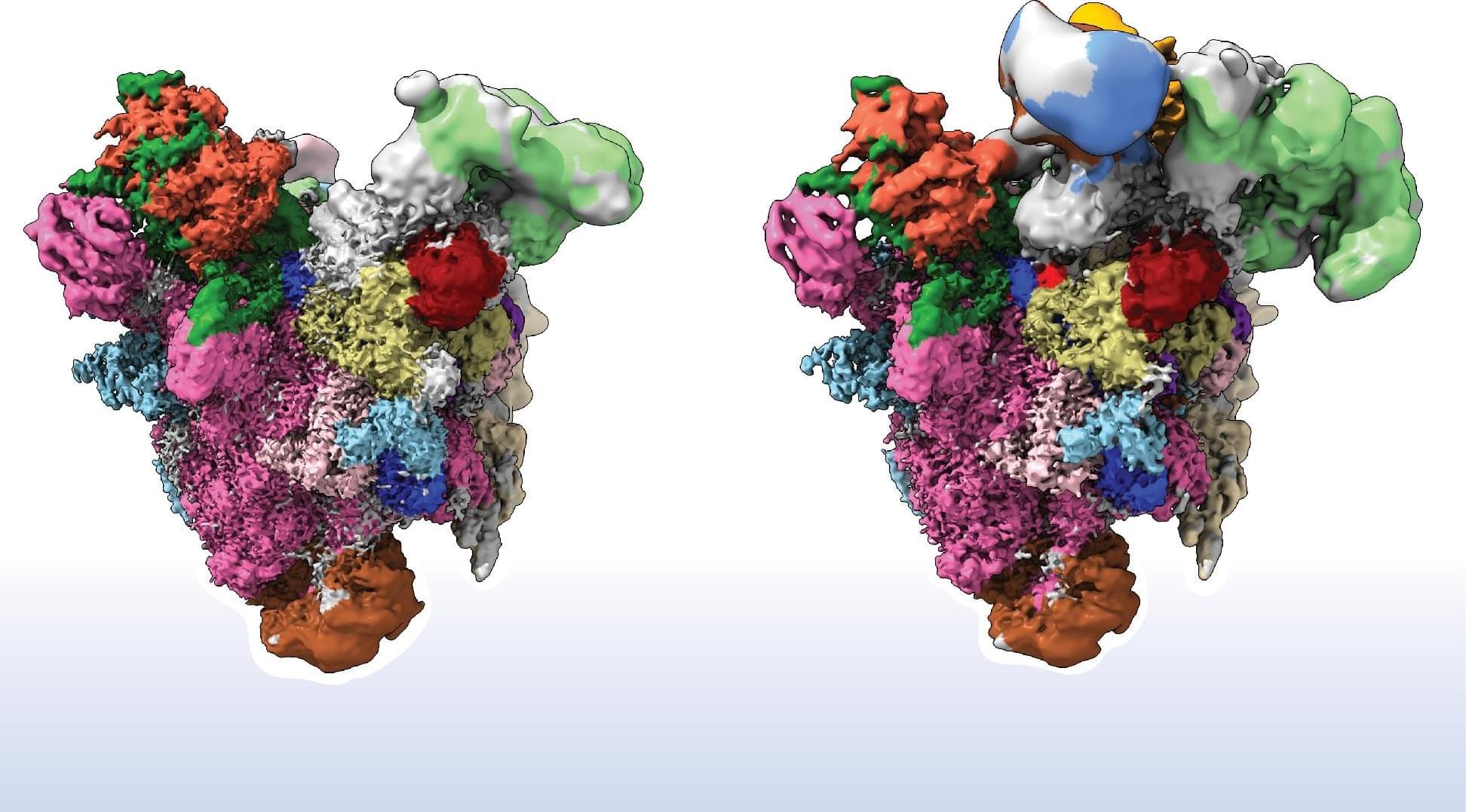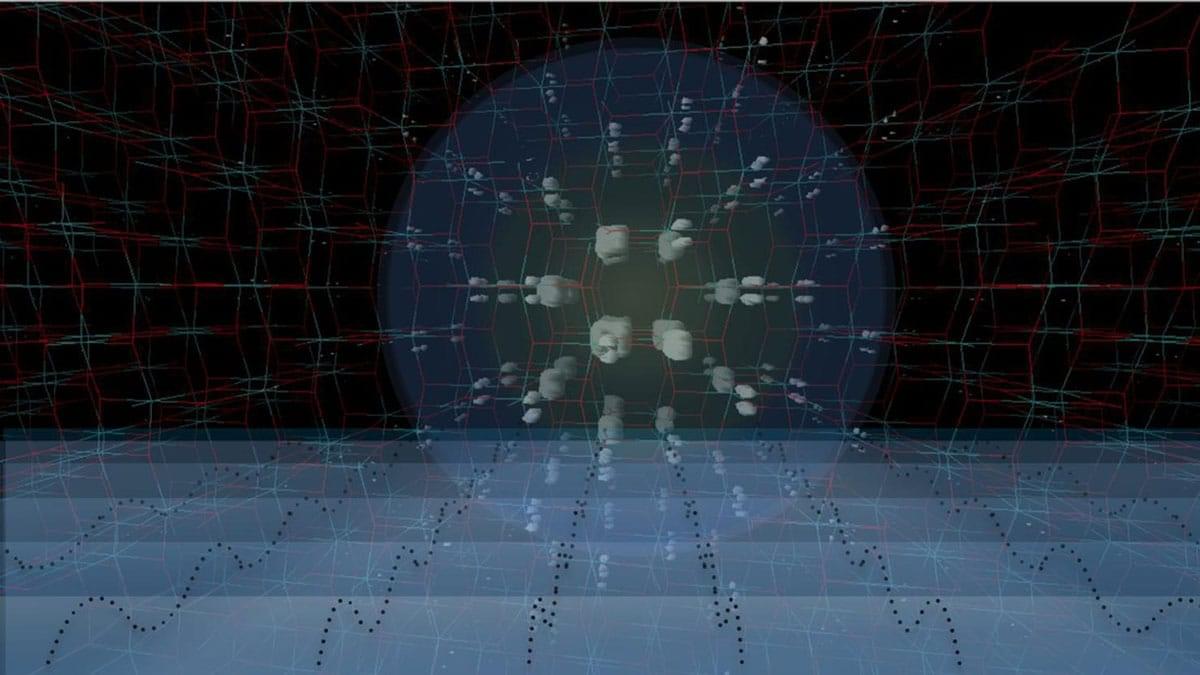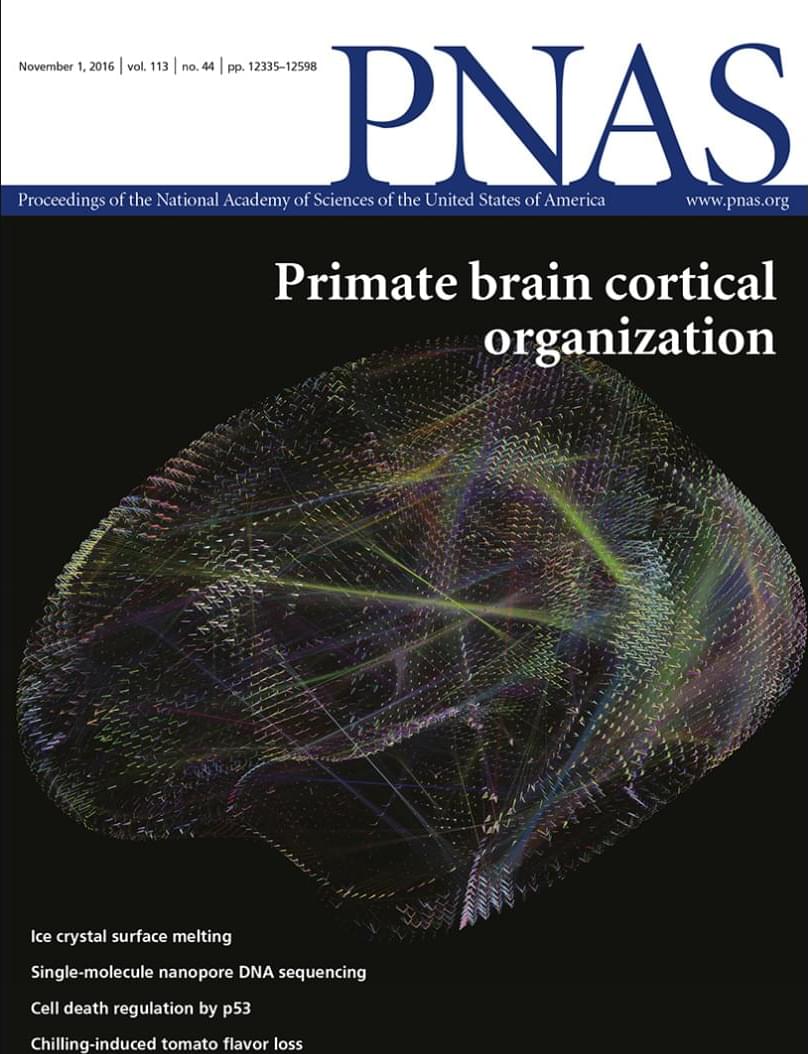Researchers have developed a new method to produce eye-safe, non-toxic quantum dots that can be used in LIDAR systems.



A research team has developed the world’s first quantum microsatellite and demonstrated real-time quantum key distribution (QKD) between the satellite and multiple compact, mobile ground stations.
The research, led by Pan Jianwei, Peng Chengzhi, and Liao Shengkai from USTC, jointly with the Jinan Institute of Quantum Technology, Shanghai Institute of Technical Physics, the Innovation Academy for Microsatellites of the Chinese Academy of Sciences, and Stellenbosch University of South Africa, is published in Nature.
Quantum secure communication is fundamental to national information security and socioeconomic development. QKD, a communication method with proven unconditional security, significantly enhances data transmission security. While fiber-based QKD networks have achieved regional implementation, their practical application over long distances remains constrained by signal loss and limited coverage. Satellite-based systems present a viable solution through free-space communication, potentially enabling QKD on a global scale.


However, moderately significant changes have only been achieved under equilibrium conditions and at low temperatures. Significant differences at ambient temperatures, which are essential for applications, have so far been lacking.
For the first-ever time in collaboration with the theory groups of Angel Rubio (Max-Planck Institute, Hamburg) and Pascal Ruello (Université de Le Mans), EPFL scientists were able to control the excitonic properties using acoustic waves.
Scientists launched a high-frequency, large-amplitude acoustic wave in a material using ultrashort laser pulses. Doing this allowed them to manipulate the exciton properties at high speed. This astounding outcome was reached on titanium dioxide at room temperature, a cheap and abundant semiconductor that is used in a wide variety of light-energy conversion technologies, for example, photovoltaics, photocatalysis, and transparent conductive substrates.
EPFL’s Blue Brain Project deployed its powerful brain simulation technology and expertise in cellular and molecular biology to try and answer this question.


The narrow groove theory was proposed in 1965 by J. H. Vohr and C. Y. Chow, two engineers at New York-based Mechanical Technology, Inc. The theory explains the working of herringbone grooved journal bearings, or HGJBs – a type of air-lubricated bearing that supports rotating parts in mechanical systems.
Many different types of bearings exist, but HGJBs hold the most promise for developing ultrahigh-speed rotating machines because the rotor is supported on a cushion of air generated by the rotating shaft.

The clinical treatment of profound oxygen deprivation (hypoxemia) is time sensitive and requires skill and specialized equipment. When the airways or lungs become incapacitated (e.g., due to airway obstruction or lung injury), resuscitation is ineffective until oxygenation is restored. Many critically ill patients suffer organ dysfunction, cardiac arrest, or death within minutes. In this work, we describe a polymeric microparticle-based oxygen delivery technology capable of rapidly administering large volumes of oxygen gas through an intravenous line.
ABSTRACT: A continuous supply of oxygen to tissues is vital to life and interruptions in its delivery are poorly tolerated. The treatment of low-blood oxygen tensions requires restoration of functional airways and lungs. Unfortunately, severe oxygen deprivation carries a high mortality rate and can make otherwise-survivable illnesses unsurvivable. Thus, an effective and rapid treatment for hypoxemia would be revolutionary. The i.v. injection of oxygen bubbles has recently emerged as a potential strategy to rapidly raise arterial oxygen tensions. In this report, we describe the fabrication of a polymer-based intravascular oxygen delivery agent. Polymer hollow microparticles (PHMs) are thin-walled, hollow polymer microcapsules with tunable nanoporous shells. We show that PHMs are easily charged with oxygen gas and that they release their oxygen payload only when exposed to desaturated blood. We demonstrate that oxygen release from PHMs is diffusion-controlled, that they deliver approximately five times more oxygen gas than human red blood cells (per gram), and that they are safe and effective when injected in vivo. Finally, we show that PHMs can be stored at room temperature under dry ambient conditions for at least 2 mo without any effect on particle size distribution or gas carrying capacity.
The future of off-road adventure has arrived! The Kawasaki Corleo isn’t just another concept vehicle—it’s a revolutionary four-legged robotic riding machine…
